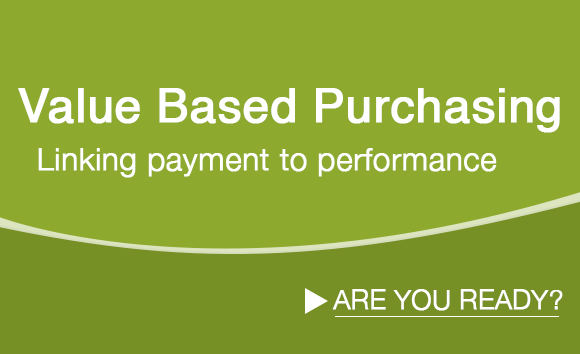- Solutions
- Accounting
- Additional Documentation Requests (ADRs) Management & Support
- Clinical Consulting
- EHR Implementation & Optimization
- Medicaid Eligibility
- Outsourced Contract Controller Services
- Outsourced Revenue Cycle Management
- PointClickCare® Consulting
- QAPI Consulting
- Resident Trust Fund Management & Advisory Services
- Revenue Cycle and Reimbursement Consulting
- Who We Serve
- Resources
- Careers
- About Us
- Contact

 Per the Merriam-Webster’s Learner’s Dictionary, the simple definition of compliance is “the act or process of doing what you have been asked or ordered to do: the act or process of complying”.
Per the Merriam-Webster’s Learner’s Dictionary, the simple definition of compliance is “the act or process of doing what you have been asked or ordered to do: the act or process of complying”.
